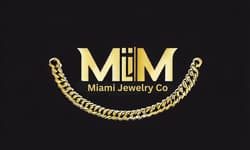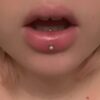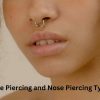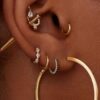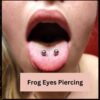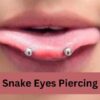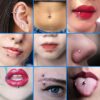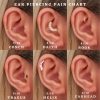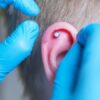Lip Piercing
How to Stop Lip Piercing Embedding
Lip piercings can be prone to a complication called embedding, where the top or bottom holes start to sink into the skin and swallow the jewelry.
This not only looks unpleasant but can lead to more serious issues like infection, scarring, or rejection if the process continues. Luckily there are steps you can take to stop lip piercing embedding and allow proper healing.
- Related: Ashley Lip Piercing
Contents
Key Takeaways:
- Clean the piercing site regularly with a saline wound wash to prevent infection and promote healing.
- Avoid playing with the jewelry, touching the area unnecessarily, or using makeup around the piercing during the initial healing phase.
- Use only high-quality jewelry made of implant-grade materials like titanium or niobium to avoid irritation.
- Don’t change the jewelry until the piercing is fully healed, which can take up to 6 months for lip piercings.
- See your piercer or doctor immediately if you notice signs of infection like swelling, discharge, redness, or fever.
Why Does Lip Piercing Embedding Happen?
Lip piercing embedding occurs when pressure is placed on the piercing site before it has fully healed. This constant irritation essentially pushes the fistula or piercing channel into the lip tissue.
Some common causes of lip piercing embedding include:
- Changing the jewelry too early – Lip piercings take 3-6 months to fully heal. Swapping out jewelry before then can introduce bacteria and restart the healing process. The trauma of removing and inserting new jewelry can also damage the fistula.
- Low quality jewelry – Jewelry made with cheap metals like stainless steel or sterling silver can lead to allergic reactions, bumps, or discharge. This causes inflammation that makes embedding more likely.
- Trauma to the area – Any trauma like biting, pulling, or hard impacts on the lip can essentially collapse the piercing hole before it has matured. The pressure sinks the hole into the surrounding tissue.
- Oral habits – Constant friction from playing with the jewelry with your tongue or teeth creates movement that can embed the piercing. Smoking during healing can also lead to embedding.
- Larger gauge jewelry – Wider gauge lip jewelry creates a larger hole that is more prone to sinking without proper support from mature scar tissue.
- Infections – Bacterial infections add swelling and fluid buildup that contributes to embedding. Seek medical help at the first sign of infection.
So in summary, lip piercing embedding often results from changing jewelry too soon, low-quality metals, trauma, oral habits, large gauges, or infections. Being aware of these risk factors is key to prevention.
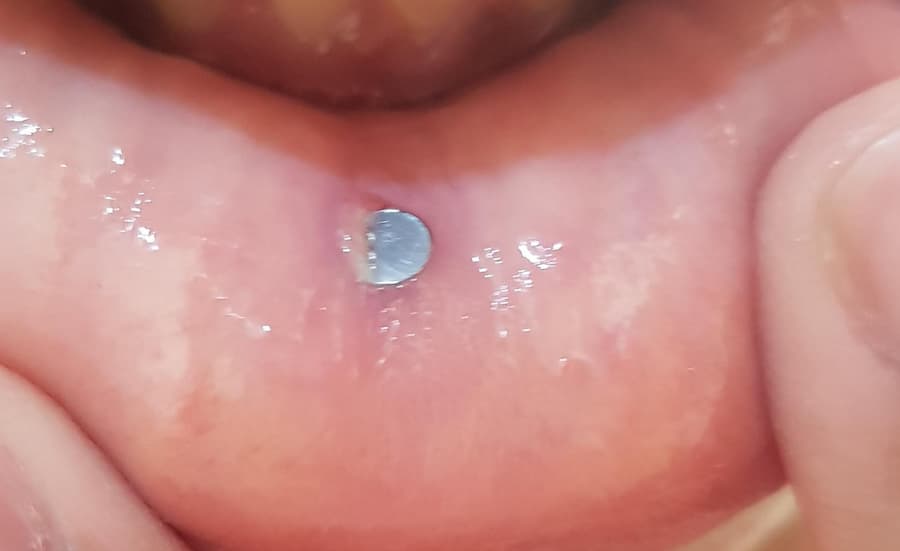
How To Prevent Lip Piercing Embedding
The good news is that with proper aftercare and vigilance, lip piercing embedding can be avoided. Here are some tips:
1. Follow Aftercare Instructions
Be diligent about cleaning the piercing as instructed by your reputable piercer. This usually involves spraying on a pre-made saline wound wash like NeilMed 2-3 times per day. The solution helps flush away crusties and debris.
Avoid ointments or homemade salt soaks, as these can trap bacteria. Over-cleaning or using harsh soaps can also dry out and irritate the piercing.
2. Let It Heal Fully Before Changing Jewelry
It takes 3-6 months for a lip piercing to fully mature. The tissue needs time to stabilize the fistula and form scar tissue. Any jewelry changes before then will complicate healing and make embedding more likely.
Be patient and leave the initial jewelry in until your piercer gives the all-clear, even if you don’t prefer the look. A temporary aesthetic is not worth the risk.
3. Choose Implant-Grade Jewelry
Quality matters! Make sure your lip ring is implant-grade steel (F138 grade), titanium, niobium, or solid 14k+ gold. Avoid cheaper metals like surgical steel or sterling silver. Quality metals are less irritating and allow better healing.
Reputable piercers only stock and install high-grade jewelry. Beware of studios that use externally threaded jewelry – a red flag for poor quality.
4. Keep Hands and Objects Away
Avoid excessive touching, tapping, or playing with the jewelry. Oral habits like chewing, talking with, or sucking the jewelry should also be minimized during healing. Any unnecessary friction can delay healing and contribute to embedding.
Be gentle around the area and try not to let it come into contact with objects like phones, cups, or clothing as it heals. Re-enforce the need to leave piercings alone to household members and friends.
5. Wear Proper Lip Jewelry Styles
Choose lip ring styles that place minimal pressure on the tissue, especially during initial healing. Labret studs are ideal, laying flush to the lip. Rings or horseshoes can rotate and dig into tissue before it has toughened.
A straight barbell is also usually recommended for surface/corner lip piercings to allow perpendicular healing with minimal invasion into surrounding tissue.
6. Stay Vigilant For Signs Of Infection
Sometimes even with perfect aftercare, infections happen. Watch for signs like skin hot to the touch, yellow/green discharge, swelling that spreads, severe redness, and fever. If these occur, see your doctor immediately to get appropriate antibiotics. Leaving an infection unchecked almost guarantees to embed.
7. Avoid Oral Contact During Intimacy
Oral contact around piercings should be avoided during the initial long healing phase. The mixing of bodily fluids introduces harmful bacteria which can cause infection and embedding.
Be sure to communicate your healing time frame to partners. Once healed, proper hygiene around the piercing is still crucial before contact.
8. Consider Delaying or Avoiding Re-Piercing
If your lip piercing embeds or migrates, consider letting it fully heal before re-piercing. Repeated trauma in the same area can create thick scar tissue that resists proper healing.
For some individuals prone to embedding, surface anchors may be a better long-term option over traditional lip piercings. Discuss alternatives with your piercer.
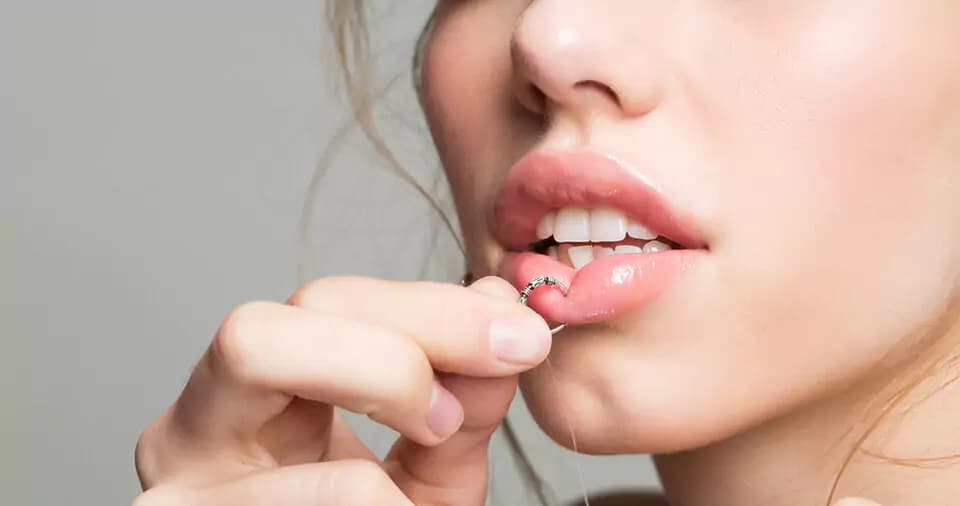
What To Do If Embedding Starts
If you notice the jewelry or hole beginning to embed, don’t ignore it – take action! Here are some next steps:
- See your piercer immediately to have the jewelry replaced with a longer post or stem to compensate for the embedded portion. This provides support.
- A reputable piercer may recommend removing the jewelry to allow the hole to close fully before repiercing once the tissue has rebuilt strength.
- Anti-inflammatories and antibiotic ointment may provide relief of irritation and prevent infection.
- For severe or worsening embedding, visit a doctor to rule out infection requiring oral antibiotics or draining.
- To limit scarring and recover lobe strength after removal, massaging daily with oil or cream helps break down damaged tissue over time.
- Be patient and allow at least several months of healing before attempting to repierce, if desired. Discuss the causes of failure with your piercer to avoid repeating issues.
With prompt care and aftercare adjustments, minor lip piercing embedding can often be reversed before permanent damage occurs. Don’t hesitate to seek professional help at the first sign of trouble.
FAQ’s
Can you stop an embedded lip piercing from getting worse?
Yes, an embedding lip piercing can often be stopped from progressing if caught early. See your piercer promptly for a longer post to relieve pressure. Anti-inflammatories, antibiotics, or temporary removal may also halt embedding if started before significant tissue damage.
How long does it take for an embedded lip piercing to heal?
If the jewelry is removed, expect embedded lip piercings to take 2-3 months to fully close up and heal. For an embedding piercing left in place with a longer post, allow 3-6 months for the extended jewelry to stabilize and allow the fistula to re-form at the proper depth.
What helps an embedded lip piercing?
Seeking immediate help from your piercer to get appropriate length jewelry, keeping the area super clean, oral rinses after eating, Chamomile compresses, vitamin E oil massage, avoiding trauma or habits, and antibiotics if prescribed will all help an embedded lip piercing recover.
Can you fix an embedded lip piercing without taking it out?
In some minor cases of new embedding, simply switching to a longer lip post can provide enough relief for the fistula to heal at the proper depth without fully removing the jewelry. If embedding continues despite a longer post, then removal is likely required.
How do you know if your piercing is rejecting or embedding?
Rejection usually shows as softened tissue around the hole, inflammation without infection, the hole moving toward the surface, and increasing pain. Embedding causes the hole to sink inward, causing mild discharge/oozing, easy bleeding, and the jewelry becoming buried in the tissue.
How long after a piercing can it embed?
Embedding typically occurs in the first 2-3 months during the initial healing phase if pressure is placed on an immature piercing. However, trauma or irritation over a longer period can cause late-onset embedding even years after the piercing.
Final Words
Hopefully, this guide has shed light on the common causes of lip piercing embedding like jewelry changes too soon, poor quality metals, infections, and trauma from habits. With vigilance and proper aftercare of your new lip piercing, embedding can be avoided altogether.
Be patient, use only implant-grade jewelry, keep hands and objects away, clean carefully with saline, and avoid oral contact during healing. Seek prompt help if you notice any embedding early on to prevent permanent scarring or rejection.
With time and care, you can enjoy a properly healed, beautifully positioned lip piercing. Don’t be afraid to reach out to reputable piercers or doctors at the first sign of trouble. With their guidance, you can get back on track to a stunning pierced pout!
Related:
- Best Piercing Ideas For Your Face Shape
- Piercings for Men
- Ear piercings for Guys Left or Right
- Ear Piercing on Guys
- How to Take Out Conch Piercing

Camila Luna is a passionate jewelry enthusiast and content creator at Miami Jewelry Co. With a focus on providing high-quality, Miami-style jewelry, Camila and her team specialize in a wide range of jewelry that includes bracelets, necklaces, earrings, and more
